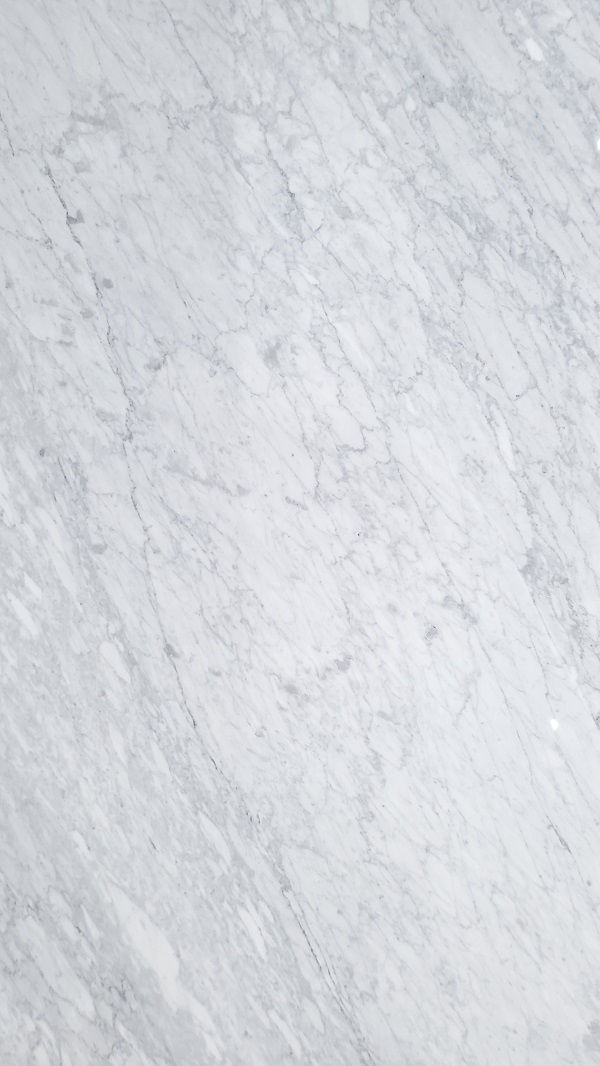Marble

Definition: Marble is a metamorphic rock composed of recrystallized carbonate minerals, most commonly calcite or dolomite. Metamorphic rocks are formed when an existing rock (in this case, limestone) is transformed physically or chemically at elevated temperature and/or heat pressure, without actually melting. This process happens typically near a magma chamber and it takes millions of years.
Marble's major advantage: Natural marble has a unique pallet of colors and patterns. This unique color cannot be matched or equaled. The way marble was formed millions of years ago by nature cannot be recreated by today's man-made stones.
Because of its beauty and elegance, it has been used for centuries all around the world in the most prestigious land marks. Although it is considered a softer stone, proper care and maintenance will make it last for decades. Please consult one of our specialists for a full consultation regarding marble's advantages and disadvantages.
Fun fact about Marble: The Taj Mahal of India is made entirely using white marble – It is an ivory-white marble mausoleum on the southern bank of the river Yamuna in the Indian city of Agra. Built by Mughal emperor Shah Jahan in memory of his third wife, Mumtaz Mahal. The changing moods of the Emperors wife are well captured by the changing hues of the Mausoleum at different times of the day. It takes a pinkish hue in the morning, milky white in the evening and golden at night when illuminated by moonlight
Being the most popular used product for countertops today, nothing beats the true beauty and uniqueness of something that was formed millions of years ago. Getting to know your stone and understanding its characteristics will help you enjoy and value how unique your very own piece of nature is.
Please see the top colors our customers select below. Do not hesitate to reach out as we offer many more options. Color and pattern vary as no two slabs are exactly the same. Please keep that in mind when viewing the examples on our website.

















